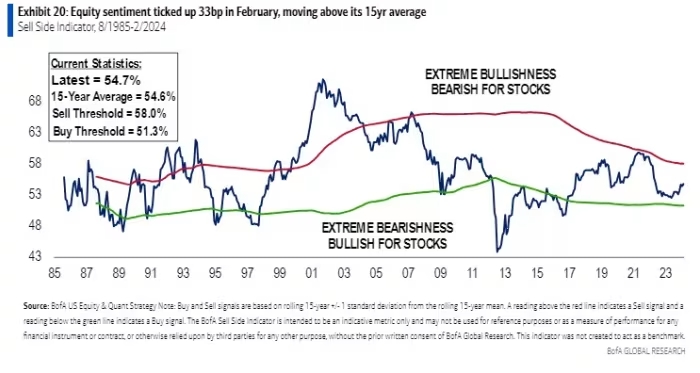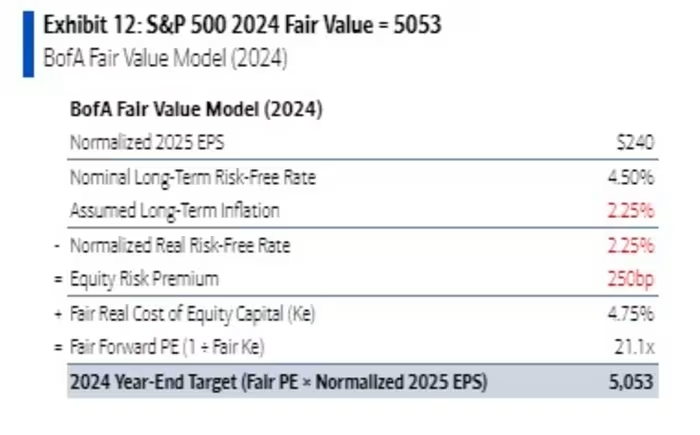Bank of America Sets S&P 500 Target at 5,400: A Breakdown of the Forecast
Today’s U.S. trading day is expected to start cautiously, with futures signaling a subdued opening for Wall Street despite the major stock indices maintaining their record highs. Over the past three months, both the Nasdaq Composite and the S&P 500 have seen significant gains, raising concerns among some about the possibility of market bubbles.
Bank of America’s team, led by Savita Subramanian, remains optimistic, having revised their end-of-year S&P 500 target upward to 5,400. However, they also acknowledge the likelihood of a market pullback, citing historical patterns of regular 5% pullbacks and 10% corrections.
Subramanian highlights bearish signals from technical analysis and an uptick in the volatility gauge (CBOE VIX), indicating growing uncertainty as elections approach. Nevertheless, historical trends suggest that post-election periods often lead to year-end rallies due to reduced uncertainty.

Despite potential short-term setbacks, Subramanian forecasts a modest 5% upside for the S&P 500 this year. This projection is based on a thorough analysis of five different forecasting methods, each weighted differently depending on prevailing market conditions and investor sentiment.

Currently, the most optimistic method, the sell-side indicator, suggests a target of 5,706, though its weight has been slightly reduced due to potentially overly optimistic analyst forecasts. Other factors such as price momentum, earnings surprises, and long-term valuation also contribute to the overall target.
The increase in the fair value model, reflecting a shift towards higher-margin, lower-risk industries, is a key driver behind the revised S&P 500 target. Despite concerns about market exuberance in certain sectors, Subramanian anticipates a broader market expansion beyond these themes.

While sentiment among sell-side analysts leans bullish, overall allocations to public equity remain low, and positioning in certain sectors indicates bearish sentiment. This suggests potential for further market growth beyond current trends, provided broader market participation increases.




